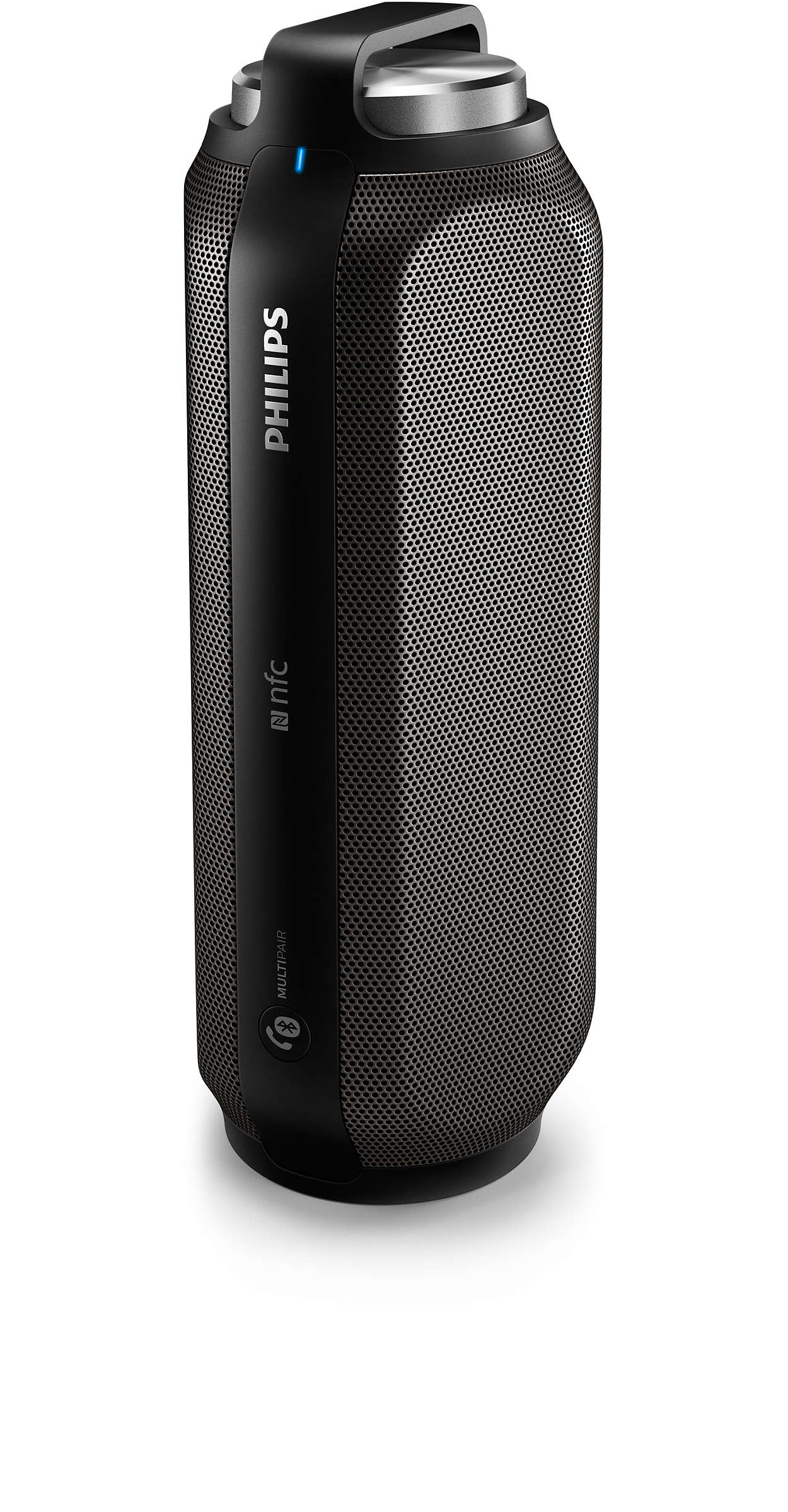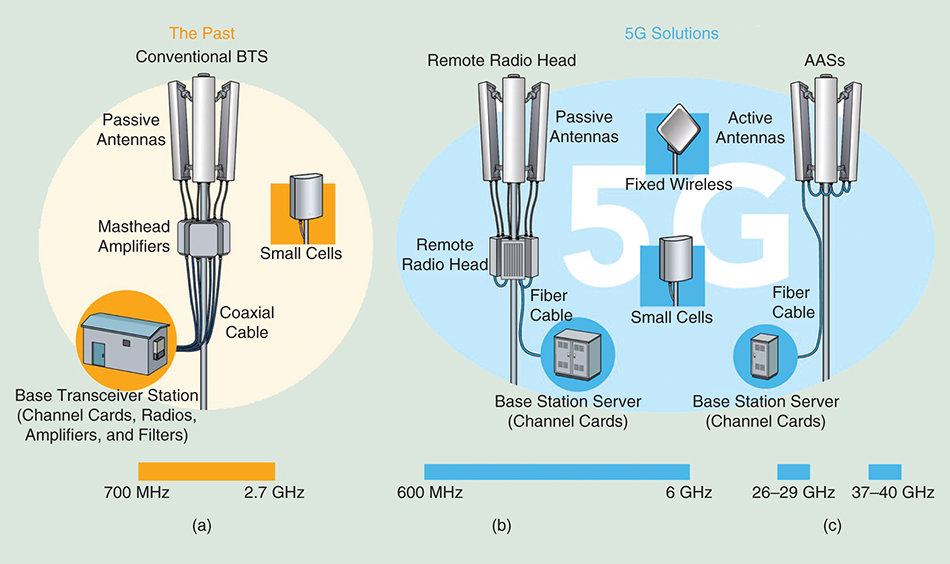This software driver will allow you to use PC Suite with your phone. If Windows Update is unable to find an appropriate driver for your system, the Nokia Connectivity Driver is exactly what you will need in order to provide for connectivity between your PC and phone while using Nokia PC Suite.
Download Mobile Phones drivers for Windows, firmware, bios, tools, utilities. Make sure your printer is on and connected to your PC. Open Start Settings Devices Printers & scanners.Select the name of the printer, and then choose Remove device. Download smartphone drivers or install DriverPack Solution software for driver scan and update. Download Download DriverPack Online. Smartphone drivers. Are you tired of looking for the drivers for your devices? DriverPack Online will find and install the drivers you need automatically.
Features and highlights
- Allows you to use Nokia PC Suite
- Works with most modern Nokia phones
- Allows for Firmware updates
- Allows for synchronizing of contacts
Nokia Connectivity USB Driver 7.1.182.0 on 32-bit and 64-bit PCs
Drivers Xiring Mobile Phones & Portable Devices Am Fm
This download is licensed as freeware for the Windows (32-bit and 64-bit) operating system on a laptop or desktop PC from drivers without restrictions. Nokia Connectivity USB Driver 7.1.182.0 is available to all software users as a free download for Windows.
Filed under:- Nokia Connectivity USB Driver Download
- Freeware Drivers
- Major release: Nokia Connectivity USB Driver 7.1
First, start the PC client. You’ll find a shortcut to DroidCam Client under Start Menu and on your Desktop.
If there is a separate admin account on the system, these shortcuts will be created on that users Desktop/Start Menu during installation.
Connect via WiFi
1. Turn on WiFi on your phone and connect to your home network as you normally would.
Download strategic vista usb devices drivers. Usb Driver Vista free download - Realtek AC'97 Driver (Windows Vista / Windows 7), VIA USB 2.0 Host Controller Driver, Vista Transformation Pack, and many more programs. If this does not resolve the problem and the drivers do not now load automatically, you may simply point Windows 7 or Vista to its own drivers manually. From Vista: Right-click on Computer. Choose Device Manager. Here is the relevant graphic for Vista's Device Manager: (Click to expand image.) Here is the procedure to load the. Earlier versions of the Driver CD that was shipped with the USB-to-Serial Adapter did not contain the drivers for Windows Vista. The ZIP file contains the drivers an end-user would need. Instructions on how to install the drivers are included in the ZIP file. File Size (K): 1930k File Format:.ZIP. USB Modes: Foreign USB Drive 1. Vista USB Monitor Features: Alert When a Foreign USB Drive is inserted using custom text and sound alerts. Attack Foreign USB: This will delete files on the inserted Foreign USB Mass Storage Device Foreign USB Drive Logger: You can click on hide button to hide the program from users.
2. Start the phone app. The app will show Wifi IP & Port information.
If the IP is all zeros (0.0.0.0) – you are not properly connected to a WiFi network.
3. On the PC client, make sure the connection method is “WiFi/LAN”. Enter the IP and Port as displayed on the phone. Click [start].
4. The phone app should start showing the camera output. The PC client should start updating the “webcam” output, you can check in Skype/Zoom/etc. Find ‘video input’ settings in the options/preferences of these programs.
If the connection fails, try:
– Closing and re-opening the app
– Toggling the Wifi on phone and/or laptop
– Restarting your Wifi router (unplug from power, wait a few seconds, and plug it back in)
– Changing the connection port number in the app & client (eg. 4748 …)
Connect via USB (Android)
For USB connections, you need to: a. enable USB Debugging on the phone, b. install drivers for your phone on the computer.
b. install drivers for your phone on the computer.1. First, make sure “USB Debugging” is enabled on your phone. Its located in the phones Settings, under Developer Options.
On most phones the Developer Options screen is hidden by default. To unlock it, open the phones Settings, go to About Phone and search for Build number. Tap Build Number seven times to unlock Developer options.
If you’re having trouble, try the instruction here: https://www.howtogeek.com/129728/how-to-access-the-developer-options-menu-and-enable-usb-debugging-on-android-4.2/
Once unlocked, search for USB Debugging and turn it On.
2. With “USB Debugging” turned on, connect your device to the computer via USB.
In the DroidCam PC client, pick the USB connection option and click the refresh button. The client will try to detect connected devices. If the client detects your phone, you’ll likely get a dialog on the phone asking Allow USB Debugging, you need to tap OK. You can also skip the next step.
3. If the device is not detected, you need to install drivers for it as an additional step.
If you have a Google Nexus/Pixel, or a OnePlus, get the Google USB drivers:
https://developer.android.com/studio/run/win-usb.
Samsung USB drivers:
https://developer.samsung.com/mobile/android-usb-driver.html
LG Mobile Drivers:
https://www.lg.com/us/support/help-library/lg-mobile-drivers-and-software-CT10000027-20150179827560.
For other brands, this page provides links to most manufacturers websites: http://developer.android.com/tools/extras/oem-usb.html#Drivers.
You can also do a web search, ADB Drivers for ____.
Eg: ADB Drivers for HTC.
After the drivers are installed, re-connect the device to the computer and try again to refresh the USB list on the DroidCam PC Client. On the phone you may get a dialog asking Allow USB Debugging, you need to tap OK.
4. Once the client detects the phone, click Start to establish a connection just like you would over WiFi.
If you get “connection reset”, “connect lost”, “error receiving video headers” errors:
(1) On the phone, make sure the DroidCam app is open and ready.
(2) On the phone, pull down the notification area and open “USB Options”. Try picking the ‘PTP’ (Picture Transfer), or ‘Camera’, or just ‘Charging’ mode. Xtreme driver download.
If the connection is still failing, try
(1) If you skipped the driver installation step above, try installing the drivers for your phone manually. Sometimes Windows auto-installs incorrect ones.
(2) Try changing the ‘DroidCam Port’ setting in the app, and on the client. Use, for example, 4848, 5050, 5151, etc.
(3) Try this alternate USB setup tool. The tool will detect and setup local port forwarding against all connected devices. If it works, you can replace the adb folder under Program Files x86 > DroidCam with the one in this download.
Connect via USB (iOS)
USB connections for the iOS app require iTunes to be installed and that it detects your iDevice when you plug it in.Click the refresh button on the DroidCam Client ‘USB’ tab and any available iOS devices will be listed as a string of random characters, this is the unique ID of the device. Click Start to establish a connection just like you would over WiFi.
Notes:
– Make sure you have at least v6.2.3 of the Windows client which includes iOS support.
– The Windows Store version of iTunes may not have the necessary components for this to work. If you have the Windows Store version of iTunes and the DroidCam client is not detecting any devices, try re-installing iTunes manually by following the “Windows” link, or see this help article by Apple.
Connect with internet browsers (Android)
To use the “IP Cam” feature you normally don’t need to install any extra software on the computer.
1. Turn on WiFi on your phone and connect to a WiFi network as you normally would.
2. The app will show Wifi network name, and IP & Port information. If the IP is all zeros (0.0.0.0) – you are not properly connected to a network.
3. Open your internet browser (Firefox, Chrome, etc), and enter http://ip:port into the address bar (replace these with the actual ip and port values from the app). This should open a web page with the camera feed embedded inside.
Tip: Use an MJPEG viewer app or program to access the raw feed via http://ip:port/video (eg. on a Tablet, another smartphone, or a media player such as VLC). You can also specify resolution in the URL, and use the word “force” if you’d like to override any existing connections: http://ip:port/video.force?1280×720.
This can be handy is you want to connect many devices to eg. OBS Studio. If you’d like to connect over USB using the http method, use this USB setup tool which will create local port mappings to all connected phones via adb and the special 127.0.0.1 IP address.
WiFi Hotspots, USB Tethering, USB-C Ethernet
Both USB Tethering and WiFi Hotspot connections with your phone can work with DroidCam. Some phones also work with USB-C to Ethernet wired connections.On Android, you’ll need to find the IP address of the phone and enter that into the WiFi tab of the DroidCam client.
The easiest way is to open the phones Settings, scroll down to “System” or “About”, and look for the ‘Network’ section.
Drivers Xiring Mobile Phones & Portable Devices Bluetooth
On iOS, for USB Tethering you can use standard USB connection option in the DroidCam client (see above).
For WiFi hotspots, try these standard IPs 172.20.10.1, 10.0.0.1, 192.168.0.1. Alternatively, on your PC open the Start menu and launch the Command Prompt program. Enter ipconfig command, and look for ‘router’ or ‘gateway’ address, and use that as the phone IP.
WiFi Server Mode (DroidCamX only)
Instead of connecting to the phone app from the PC client, DroidCamX can connect to PC client(s) from the phone.1. Use the “WiFi Server” option on the PC client. Click [Start] to wait for a connection.
3. Open DroidCamX on your phone, use the options menu (⋮) and choose “Connect to Server”. You will need the computers local IP address (usually 192.168…) – look in your network settings or open a Command Prompt and type in ipconfig.
Back to Home Page | How to switch to 720p

